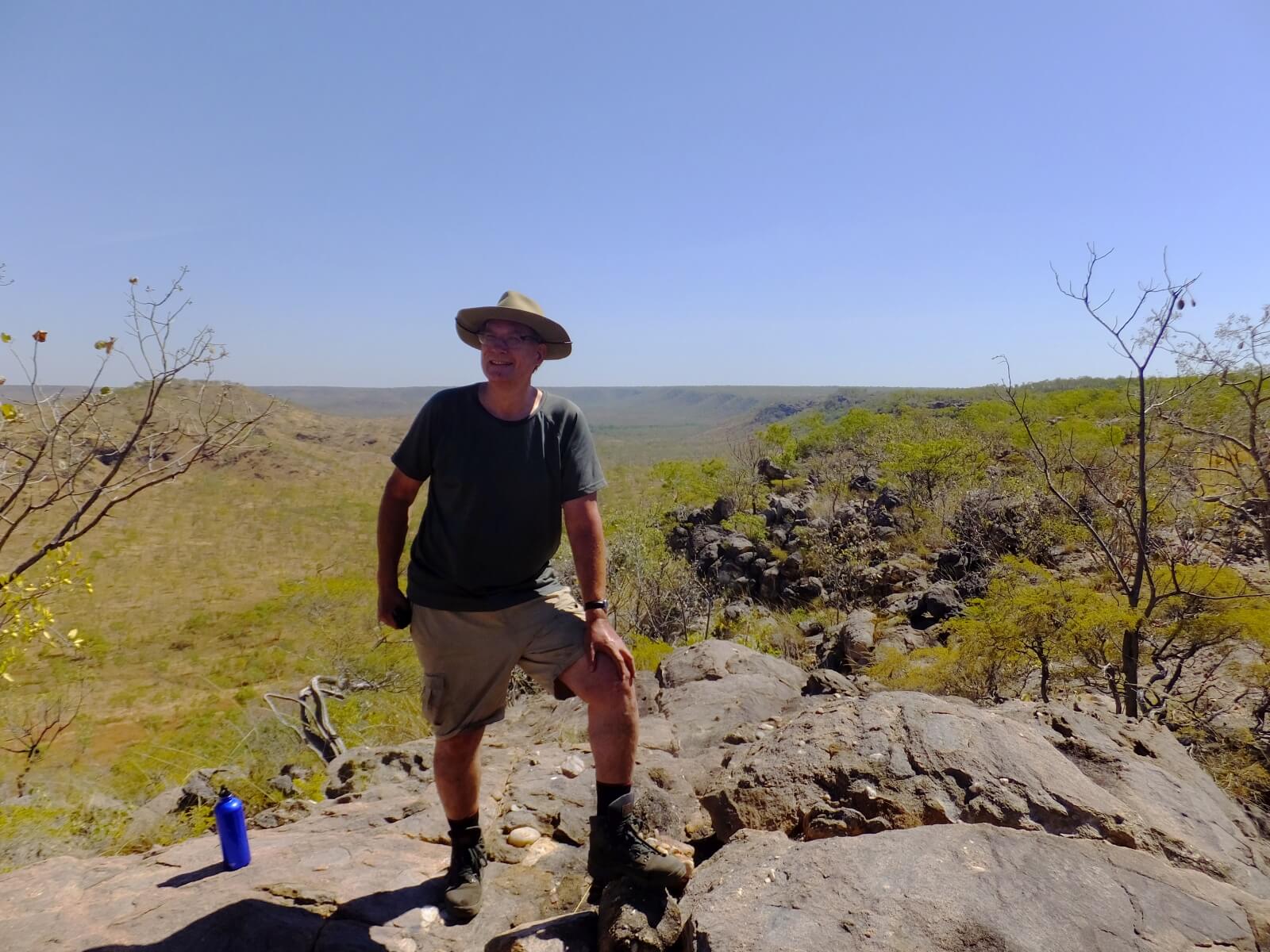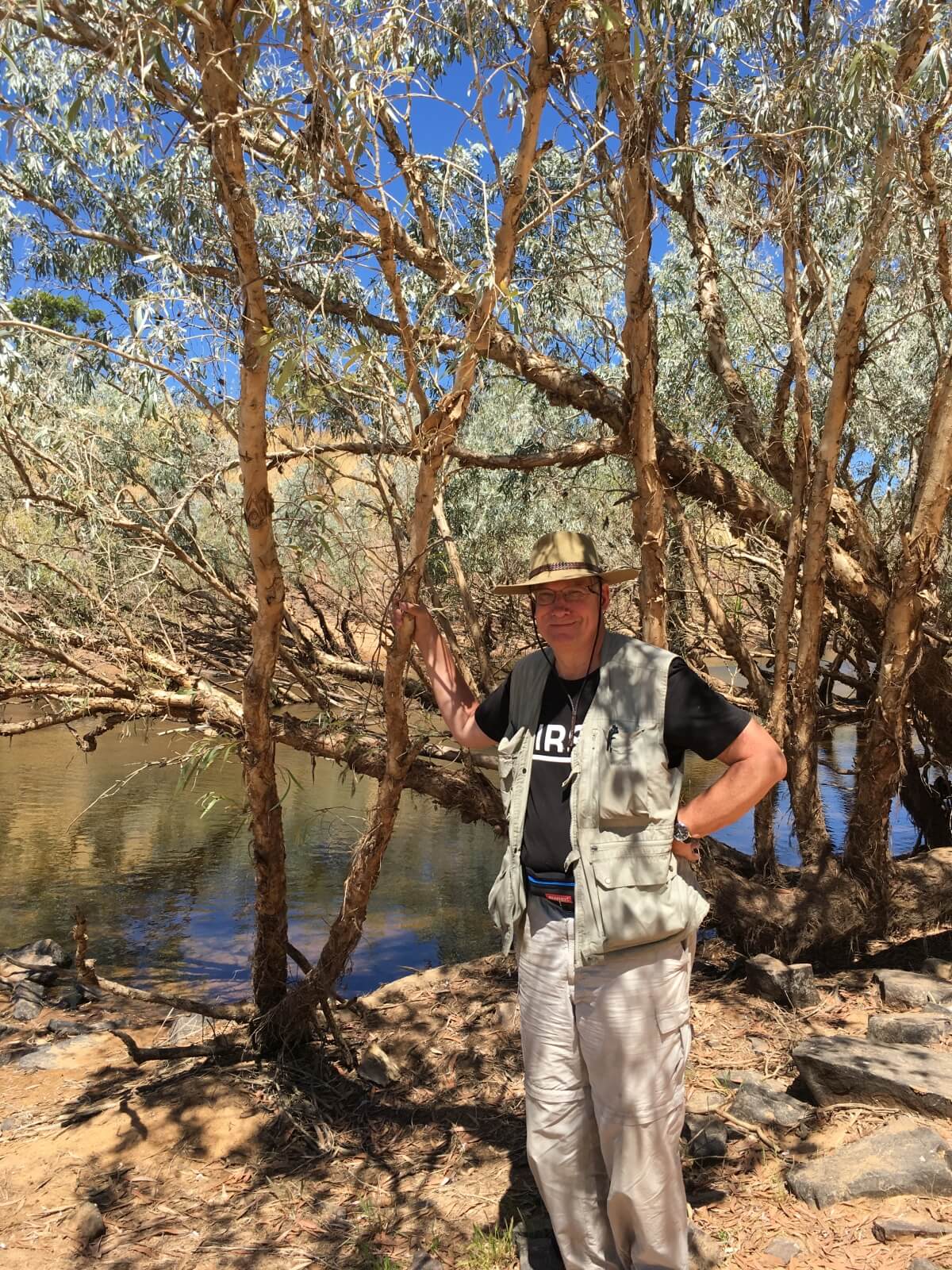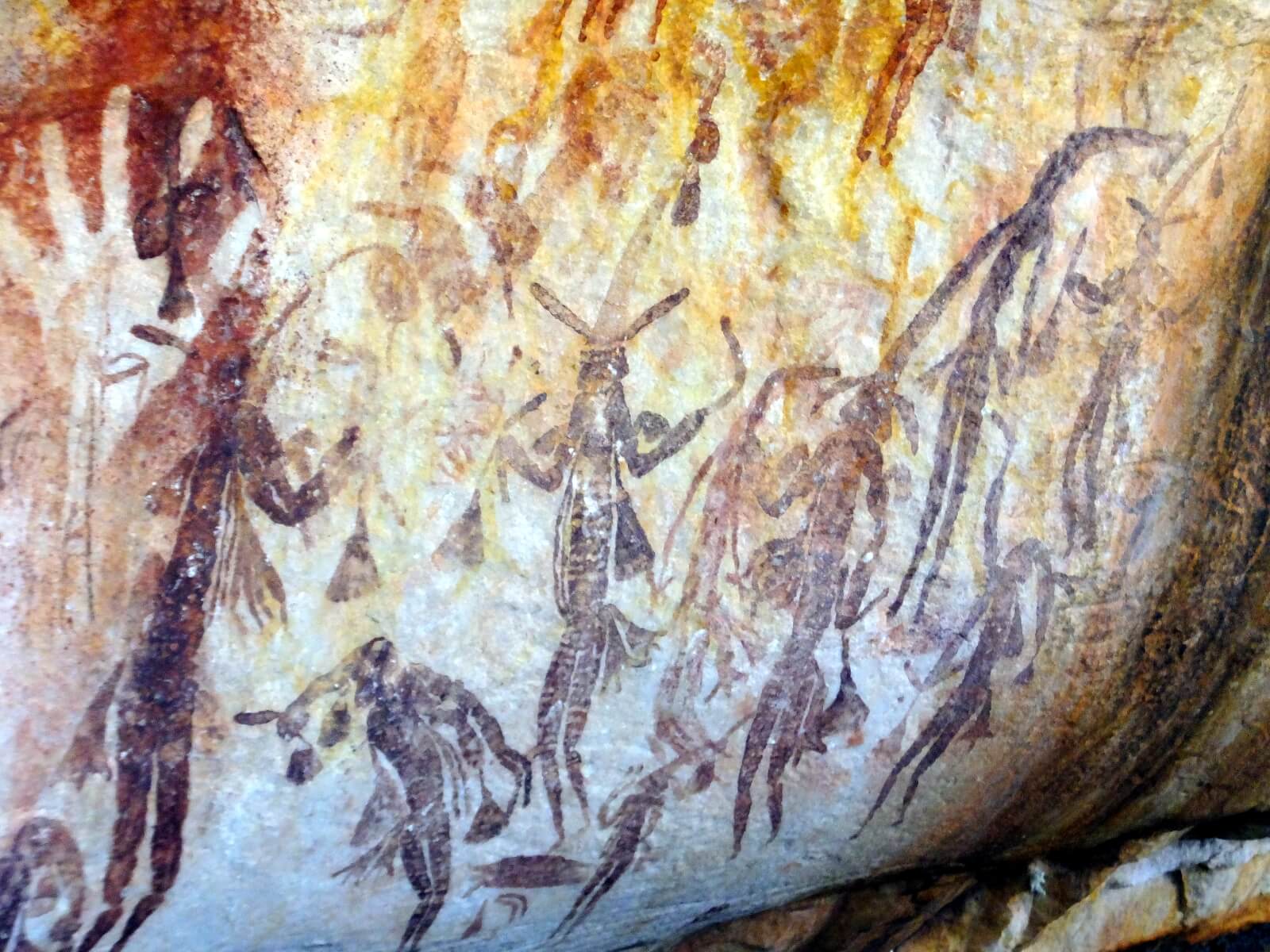Background
Wikipedia definition of ‘Pilgrimage’: “A pilgrimage is a journey or search of moral or spiritual significance. Typically, it is a journey to a shrine or other location of (spiritual) importance to a person’s beliefs and faith, … (to) the place of birth or death of founders or saints, or to the place of their “calling” or spiritual awakening, or of their connection… with the divine, to locations where miracles were performed or witnessed, or locations where a deity is said to live or be “housed”, or any site that is seen to have special spiritual powers. … As a common human experience, pilgrimage has been proposed as a Jungian archetype by Wallace Clift and Jean Dalby Clift”
Collaborative International Dictionary Definition Of Pilgrimage: “a long journey … to a shrine or other sacred place … A tedious and wearisome time.”
In the second half of August this year, carrying my rucksack, boots and my old Akubra hat, I arrived in Darwin, capital of Australia’s Northern Territory, having booked myself on a couple of ‘bush tours’.
During the past two years, I had walked two of the world’s oldest pilgrim trails: the Way of St James through Portugal and Spain (also known as the Camino de Santiago de Compostela), and the Kumano-Kodo in Japan. (see https://www.adam-williams.net/2015/11/23/camino-walking-the-pilgrimage-trail-to-santiago-di-compostela-with-adam-williams/ and https://www.adam-williams.net/2017/01/31/walking-with-kami-on-the-kumano-kodo/ )
Having first tried a Christian trail and then a Shinto one, the direction of my personal Pilgrim’s Progress seemed to be moving retrogressively backward in time and human history. Animism, the anthropomorphic worship of spirits and gods (even watered down with Buddhism as Shinto is today) dated back to the Neolithic age if not the Mesolithic or Paleolithic and certainly preceded the more austere Religions of the Book. Rather than change direction for my third semi-spiritual adventure, it seemed only logical to keep heading back in time, towards the shamanism and totems of hunter-gatherers whose beliefs went back to the Ice Age and beyond.
But how was I to fashion such a pilgrimage? And where would I go? The Amazon jungle? The old Pueblo towns in the southern United States? Would I have to take ayahuasca?
As usual, my old friend Synchronicity played its hand. Various coincidences steered me towards the Top End of Australia. A diplomat friend in Beijing recommended a tough trek she had taken in the Northern Territory last year. An explorer friend when I mentioned this said he was considering a camel trip to see the Bradshaw Rock Art in the Kimberley. Did I know of it? Yes I did know of it: other friends in England, lucky enough to have once been there, had dazzled me with photos of these little known sites. Would I like to join his expedition? You bet I would! These paintings were said to between 20,000 and 40,000 years old and of exquisiteness unmatched at any other equivalent sites in the world. And there were distinctive shamanistic elements. It certainly fitted my requirement for antiquity: every year, it seemed, science was pushing back the carbon dating of Homo Sapiens’ arrival in Australia, and this year Aboriginal remains in the Kakadu National Park in Arnhem Land had been proved conclusively to date back 65,000 years. Whoever had created this rock art – Aboriginal ancestors or a prior race unknown (I knew from my reading that there is a raging controversy about this in political, archaeological and PC circles in Australia) for my purposes it was enough to know that they were old and very beautiful and ergo very sacred!
Ancient aboriginals, dreamtime, possible shamanism, a tough camel trek, following Songlines through some of the oldest deserts and geological escarpments in the world– and at the end of it a chance to see the mysterious Bradshaw paintings in their natural rock temples? It seemed that I had my pilgrimage!
On the earthly plane I would have a challenging ride through magnificent country followed by a visit to a unique and very ancient art site. Metaphysically, the hardships of the road would be penitential for the body, the beauty of Nature would be healing for the soul, and if I was lucky I might find grace and wonder in a natural cathedral adorned with portraits of angels.
Or so I told myself. At the very least I would have a damned good holiday and lose some weight.
Alas the camel trek fell through. Two good friends could not join me. For a while I thought I might have to cancel – but fortune did not desert me. Despite the lateness of the season, Trek Tours Australia confirmed they still had one place available on the bush trek my friend had recommended in Arnhem Land. And remarkably, a superb Kimberley guide, Scotty Connell of Kimberley Spirit Tours, found himself free the only week I was available and agreed to arrange a tailored tour for me of Kimberley’s rock art, in addition recommending two interesting and erudite companions to share the journey.
Synchronicity was still working. I had my pilgrim trail. I had my cathedral.
To be continued…





Leave a Comment